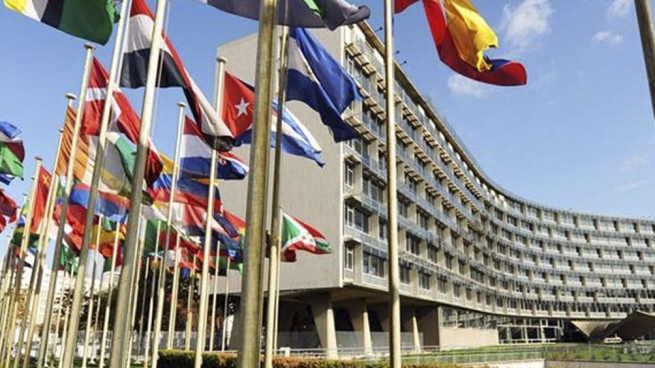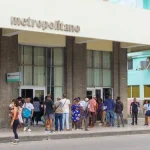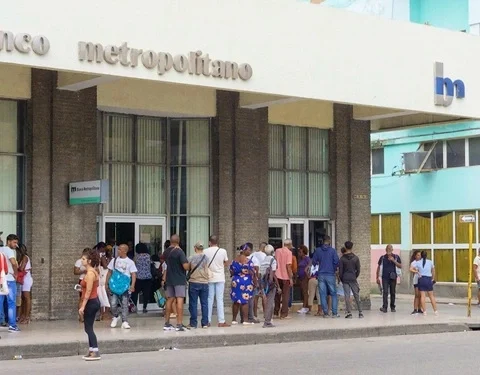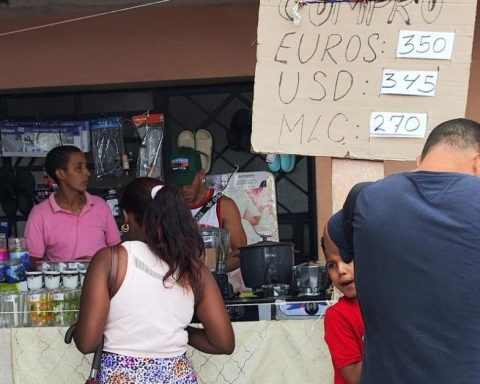79% of children graduate without sufficient ability to understand and read a text or solve mathematical problems in Latin American countries, and then ministers from the region analyzed the possibility of “reinvesting educational systems” to combat “poverty of learning “of contents.
UNESCO experts who participated in the recent Summit for the Transformation of Education held in New York evaluated the low impact of educational policies applied in Latin America to raise learning levels, in the sixth edition of the Regional Educational Policy Forum.

According to the latest report prepared by Unesco together with Unicef and ECLAC, there is a “poverty of learning” which results in 79% of 10-year-olds “not knowing how to understand a text”.
He indicated that this high index constitutes “a crucial and cruel indicator” but that “it has been in decline for years, long before the pandemic, when that index reached 50%”, which makes Latin America “in one of the most lagging regions in the world in terms of education”.
“At the New York Summit – he maintained – there was talk not only of recovering content losses but of not going back to pre-pandemic educational systems, reimagining them so that they are truly trained”Leonardo Garnier, former Minister of Education of Costa Rica
The director of IPE-Unesco, Pablo Cevallos Estarella, highlighted that there are “canonical recommendations” on how to improve the level of learning but “it has been more than 20 years that the countries apply them and the expected results are not obtained” .
“The educational crisis is measured in terms of learning poverty, so we cannot do the same as before, we must change teaching strategies,” said the director of UNESCO.
For her part, Claudia Uribe, also regional director of Unesco, assured that “The educational problem in Latin America is structural and is fueled by factors external and internal to the educational systems. Very ineffective educational policies have been applied. According to the latest results of the ERCE evaluation, only a third of the students finish primary school with the minimum skills”.
“There are countries that invest between 15 and 20 thousand dollars per student, another 50 dollars. In Latin America we are between 800 and 1000 dollars per student”Leonardo Garnier, former Minister of Education of Costa Rica
In this sense, he also specified that to this is added that the financing of education “had a downward path in the region, where the budget was reduced in 15 countries.”
“It is time to take a deep and courageous look at why the applied reforms have not had an impact on learning,” said Uribe.

Leonardo Garnier, former Minister of Education of Costa Rica and UNESCO representative at the New York Summit, also stressed that learning poverty is added to the fact that those who learn “do not always acquire the necessary content to face this changing world and technological”.
“At the New York Summit -he maintained- There was talk not only of recovering content losses but of not returning to pre-pandemic educational systemsreimagine them to truly empower.”
“The educational crisis is measured in terms of learning poverty, so we cannot do the same as before, we must change teaching strategies”Pablo Cevallos Estarella-director of IPE-Unesco
And he added that “the digital revolution can be a very powerful tool to reinvent systems, but we are faced with a lack of connectivity in the region and not having robust and open digital platforms that are a public good and not considered as merchandise.”
Garnier considered that investment is the region’s “bottleneck” and assured that “The cost of not investing in education is greater than the cost of financing it.”
“There are countries that invest between 15 and 20 thousand dollars per student, another 50 dollars. In Latin America we are between 800 and 1000 dollars per student”Garnier said and stressed that for education to have a financing floor, “a progressive renewal of the existing tax systems is necessary.”

















